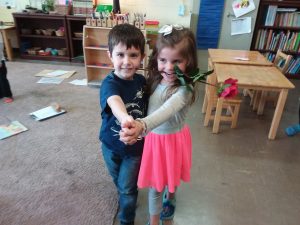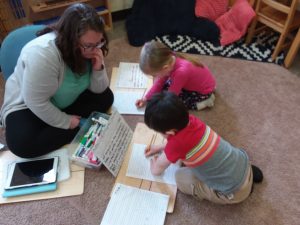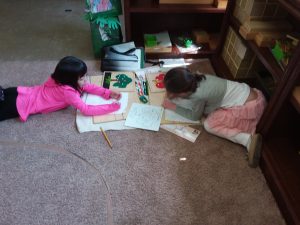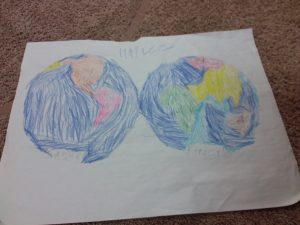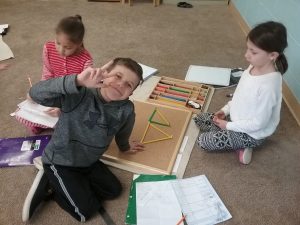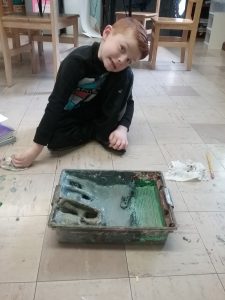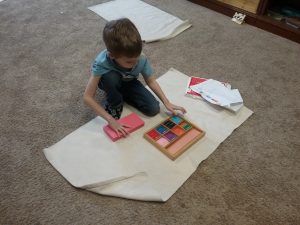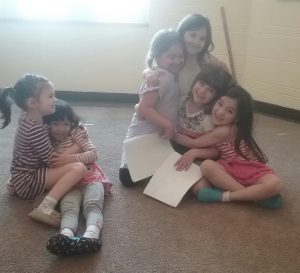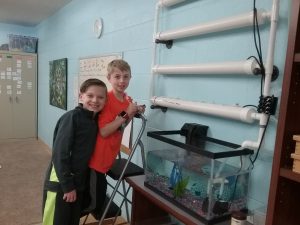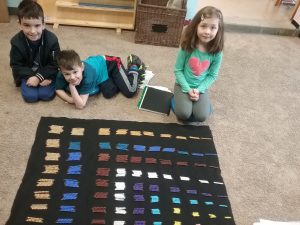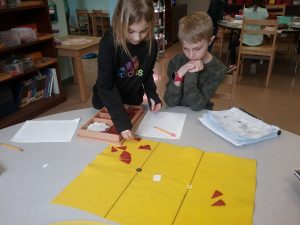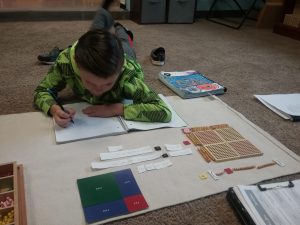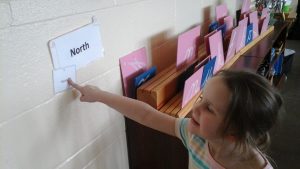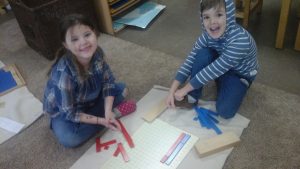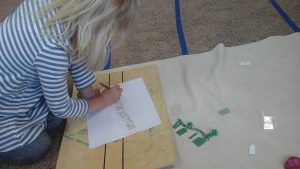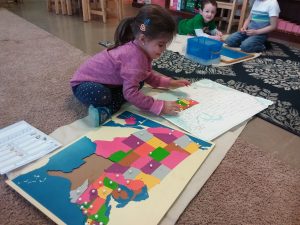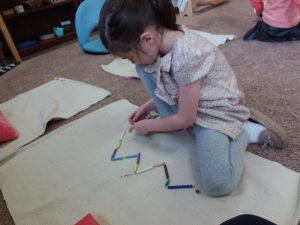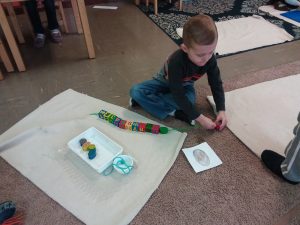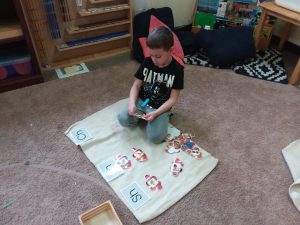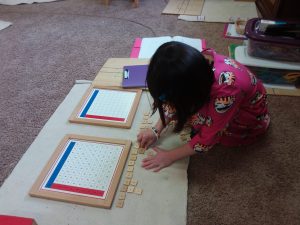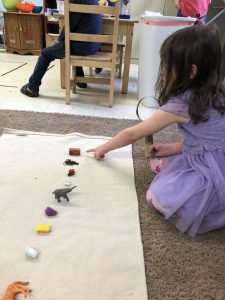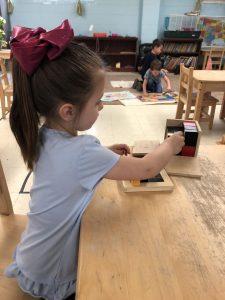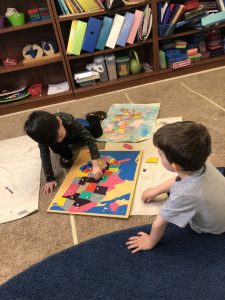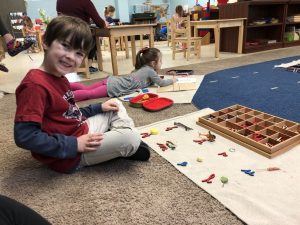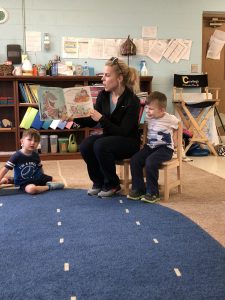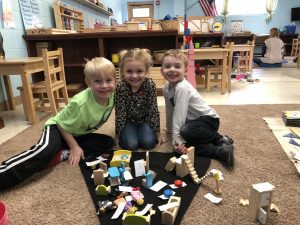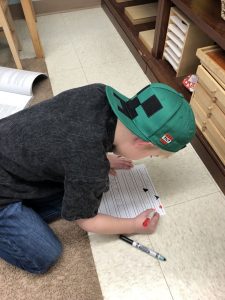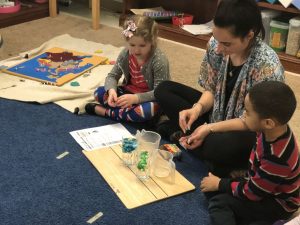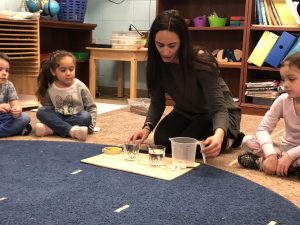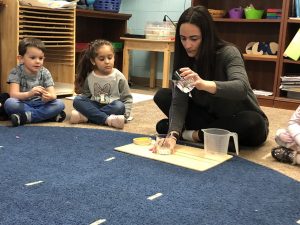Australia is the smallest of the seven continents. It is just one country surrounded by water. Australia is called the land “down under” because it is located under the equator. It has two big cities Sydney and Melbourne. The central part of Australia is called the “outback.” Australia produces more wool than any other country.
Asia is the biggest of the seven continents. It has more people living on it than all of the other continents combined. Asia has many different kinds of land such as: tundra, evergreen forest, wide grasslands, sandy deserts and tropical rain forest. The highest and lowest places on Earth are found in Asia which are Mount Everest and the Dead Sea.
Antarctica is an icy continent with no countries or people. Most people who do visit are scientist or visitors who are observing all the amazing animals and the climate. Antarctica has tall mountains that are covered by snow and ice. It also has thick sheets of ice and giant ice chunks known as icebergs.
Work Time

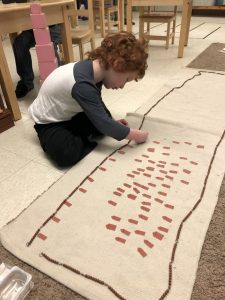
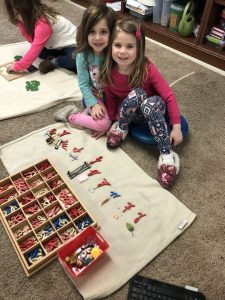
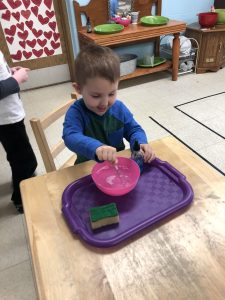

Reminders
Tallmadge Grandparents Day | May 9th
Moms N Muffins | May 11th | 7 am to 8 am
LAST Bring Your Parent to Work Time | May 21st
Memorial Day | NO SCHOOL | May 28th
Last Day of School | May 31st
Kindergarten Graduation | June 1st | 6:30 pm to 8:00 pm
A peak into next week: Solar System

